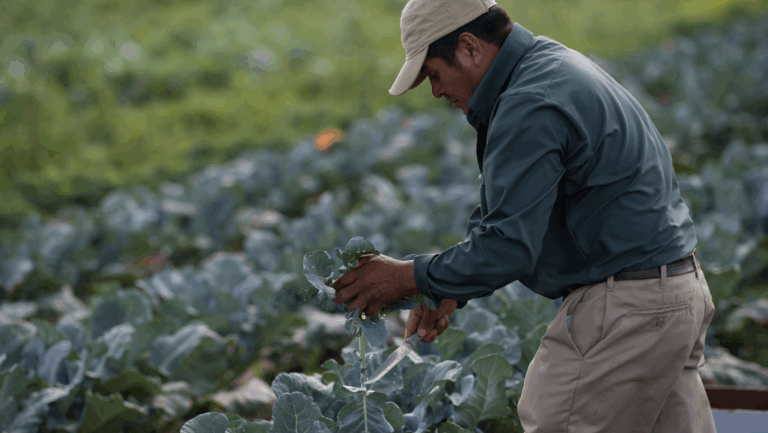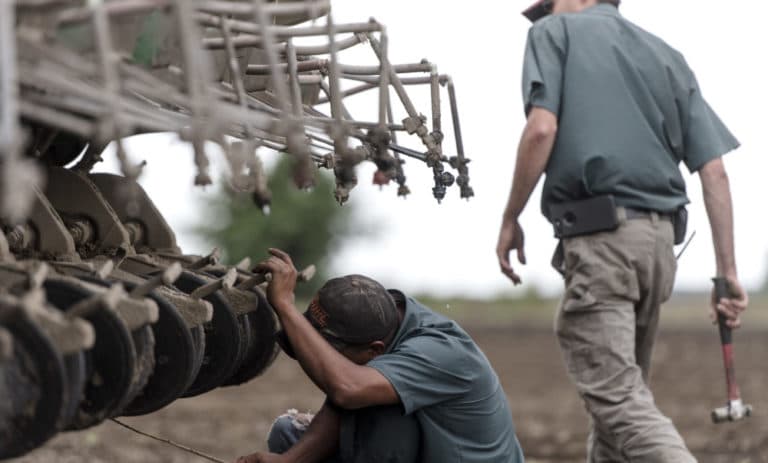What’s Driving the $49.5 Billion Farm Trade Deficit?
The U.S. farm trade deficit has reached record highs in 2025.
So far this year, the agricultural trade gap has grown to $19.7 billion, with projections suggesting it could climb to approximately $49.5 billion by the end of the year—the largest imbalance on record.
Although these figures are significant, there are reasons for cautious optimism that American farm trade will start to recover. Below, we break down the four key factors fueling the deficit and explore what’s being done to turn the tide.
What Is the Farm Trade Deficit?
From January through April 2025, the U.S. imported $78.2 billion in agricultural products while exporting $58.5 billion, resulting in a $19.7 billion deficit.
This is the largest trade gap ever recorded in the first four months of any year.
After decades of consistent surpluses, the U.S. slipped into a farm trade deficit in 2022. The gap widened to $16.7 billion in FY 2023, nearly doubled to $31.8 billion in FY 2024, and is expected to expand further in 2025.
Four Key Drivers of the Farm Trade Deficit
To understand why this gap keeps growing, it helps to look at the underlying factors:
1. High-Value Imports vs. Low-Value Exports
Nearly half (about 49%) of all agricultural imports are high-value, consumer-ready goods—such as fruits, vegetables, nuts, coffee, and wine. Many of these products require tropical or specialized growing conditions that aren’t available in the continental U.S.
By contrast, the bulk of U.S. farm exports are lower-value commodities like grains and oilseeds. Simply put, we import expensive goods and export cheaper ones, resulting in a persistent deficit.
2. A Strong U.S. Dollar
A robust dollar makes American agricultural products more expensive for foreign buyers. Coupled with higher domestic labor costs, this reduces U.S. competitiveness in global markets and weighs heavily on export demand.
3. Shifting Economic Policies
Frequent policy changes have created uncertainty for agribusinesses and exporters.
Many industry leaders point out that inconsistent regulations and shifting priorities make long-term planning difficult. Without clear guidance, producers are hesitant to invest in scaling operations or entering new markets.
According to the American Farm Bureau Federation, “Unpredictable policy swings create real risk for farmers who already face thin margins. Stability is essential to building confidence and driving growth in agriculture.”
4. Aggressive Foreign Trade Strategies
While the U.S. has focused on tariffs and protecting domestic markets, competitors have expanded their global footprint:
- Brazil has increased grain sales to China.
- The European Union is positioning its food as organic and sustainable.
- Canada and Australia are leveraging agreements like the Comprehensive and Progressive Agreement for Trans-Pacific Partnership (CPTPP) to streamline exports.
These strategies have allowed other nations to capture more market share.
Positive Developments for U.S. Farm Trade
Despite the daunting numbers, there are reasons to believe the situation could improve in the coming months.
New Market Access: Thailand, Vietnam, and Brazil
In March, USDA Secretary Brooke Rollins announced initiatives to counter competitors’ momentum by opening new export channels. Since then, the U.S. has negotiated expanded market access to Thailand and Vietnam and maintained trade relationships with Brazil.
“I have fought to give our producers greater access to markets across the globe,” said Secretary Rollins. “Expanded access to Brazil, Thailand, and Vietnam will result in millions in added trade for the U.S. As we continue to bring America into a new golden age of prosperity, the best is yet to come for our farmers and ranchers.”
A New U.K. Trade Deal
In May 2025, the U.S. and the United Kingdom signed a new trade agreement that reduces major barriers on American agricultural products. The UK is already a significant market for U.S. wine, nuts, and ethanol—worth approximately $2.18 billion in 2024. The new deal eliminates the 20% tariff on American beef and removes taxes on ethanol, creating opportunities for U.S. beef and corn producers to regain competitiveness.
Optimistic Projections
Some analysts believe the worst may be behind us.
The record-high imports early this year likely reflected stockpiling ahead of the April 2 tariffs, rather than an ongoing trend. Nicholson notes that foreign buyers accelerated purchases in early 2025 to avoid new costs, suggesting a more balanced flow could return later in the year.
AgAmerica Stands with Farmers and Ranchers
Whether times are prosperous or uncertain, AgAmerica remains committed to supporting rural America. Our financial solutions and resources help farmers and ranchers weather market volatility and build lasting resilience.
Stay informed about the latest farm trade developments and insights on our Agriculture Trade page.






